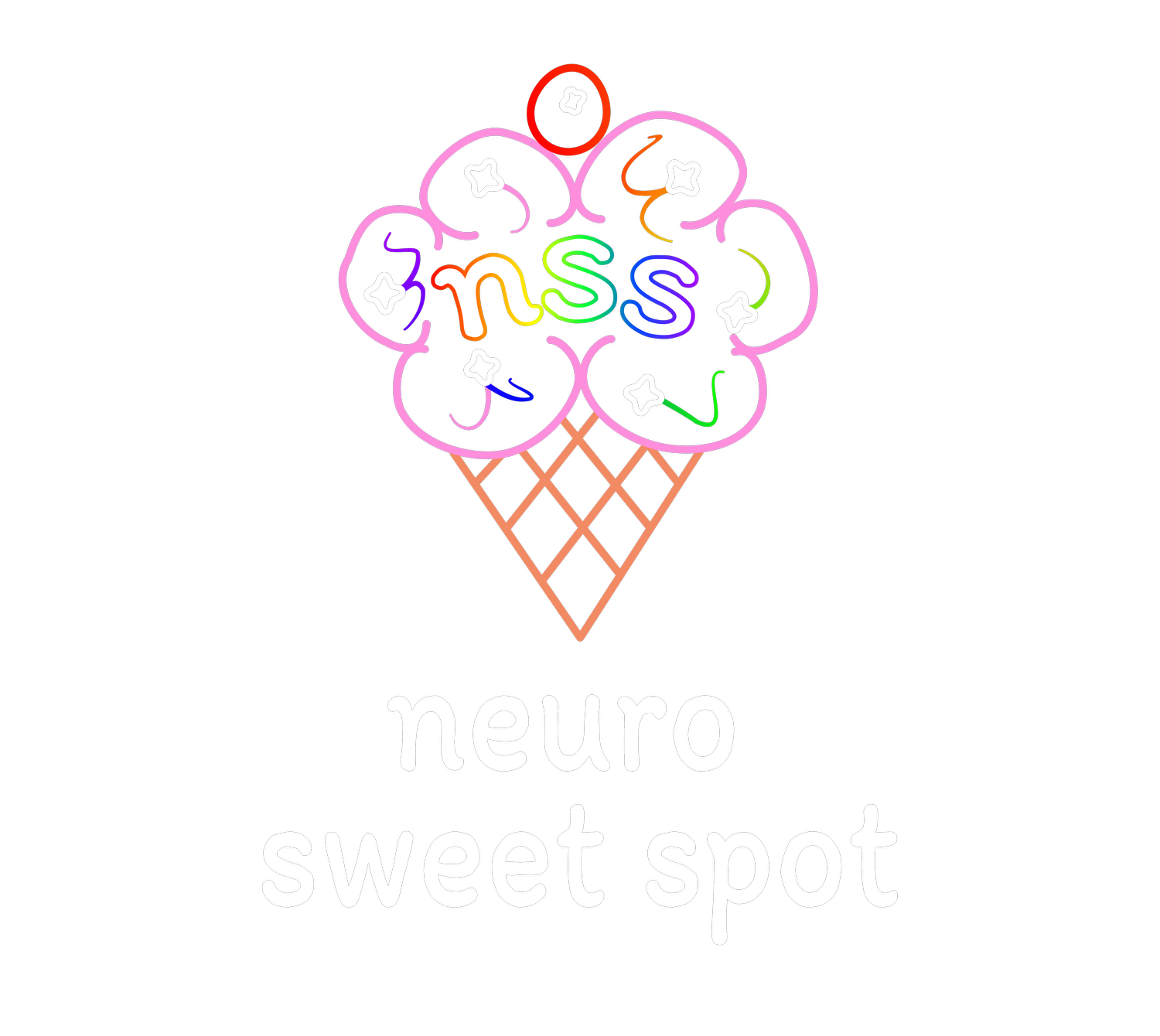
Neuro Spicy Masters
Resources, Insights, and Tips
The Hype About the Vagus Nerve: The Cranial Cue to Calm
(Why This Nerve Holds the Key to Regulation and How to Activate It)
What’s the Big Deal About the Vagus Nerve?
If you’ve been hearing a lot about the vagus nerve lately, there’s a good reason. This powerhouse of the nervous system is like the body’s built-in reset button. When it’s activated, it shifts us from stress mode (fight/flight) into recovery mode (rest/digest).
What Exactly Is the Vagus Nerve?
The vagus nerve is the longest cranial nerve in the body, running from the brainstem down through the heart, lungs, and digestive system. It’s a major player in the autonomic nervous system, specifically the parasympathetic branch, which controls relaxation, digestion, and emotional regulation.
Simply put:
✅ A strong vagus nerve = faster recovery from stress
✅ Activating it signals safety to the brain and body
Where Is the Vagus Nerve?
It’s everywhere—seriously. This nerve has branches that connect multiple systems in the body, making it a key communicator between the brain and the body.
📍 Ears & throat (affects sound, speech, and swallowing)
📍 Heart & lungs (controls breathing and heart rate)
📍 Gut & digestion (influences gut health and relaxation)
Because it’s so deeply connected, stimulating the vagus nerve can have widespread effects—from lowering anxiety to improving digestion.
How Does the Vagus Nerve Get Activated?
The vagus nerve turns on when it senses safety. That means the key to activating it is cueing your body to relax.
Here are some of the best ways to do it:
1. Deep, Intentional Breathing
Slow, controlled breathing is one of the fastest ways to activate the vagus nerve. Longer exhales = stronger vagus response.
Try this:
🫁 Belly Breathing (Diaphragmatic Breathing)
• Inhale deeply through your nose, expanding your belly.
• Exhale slowly through pursed lips, like blowing out a candle.
• Repeat for a few minutes and feel your nervous system settle.
2. Eye & Head Movements (Optic Nerve Activation)
Your optic nerve is closely linked to the vagus nerve, which means certain eye and head movements can help regulate the nervous system.
🔄 Try this exercise:
• Tilt your head slightly to one side.
• Move your eyes up and out to the opposite corner.
• Hold for a few seconds while taking slow, deep breaths.
• Repeat on the other side.
This taps into cranial nerve pathways that signal safety to the brain.
3. Humming, Singing, or Chanting (Vibration Stimulation)
Since the vagus nerve runs through the throat, ears, and vocal cords, sound vibrations help activate it.
🎵 Ways to stimulate it:
✅ Humming low, deep tones.
✅ Singing or chanting.
✅ Using “Om” sounds (like in meditation).
This is why babies instinctively coo and why humming can feel so soothing when we’re stressed.
4. Physical Contact (Hugs, Kissing, or Even a Hand on Your Chest)
Since the vagus nerve connects deeply to the heart and lungs, gentle pressure on the chest or abdomen can cue relaxation.
🤲 Try this:
• Place a warm hand over your chest and take deep, slow breaths.
• Give yourself a deep-pressure hug or use a weighted blanket.
• If you’re comfortable, slow, deep kisses or affectionate touch can also stimulate the vagus nerve and help regulate emotions.
5. Fidgeting and Self-Stimulation
Ever noticed how people rock, sway, or tap when anxious? That’s self-regulation in action.
🌀 Repetitive movements can gently stimulate the vagus nerve, which may explain why:
• Leg bouncing, rocking, or deep pressure (like weighted blankets) feel grounding.
• Pacing or tapping can help with emotional regulation.
Pro tip: If you tend to stim or fidget naturally, lean into it! Your body is trying to regulate itself.
Why This Matters: The Mind-Body Connection
A strong vagus nerve = a more balanced nervous system.
If it’s underactive, the body gets stuck in chronic stress mode.
If it’s regularly stimulated, it becomes easier to recover from stress and feel calmer, faster.
💡 The more we practice vagus nerve activation, the more resilient we become to stress.
Key Takeaways
✨ The vagus nerve is your body’s built-in stress regulator.
✨ It connects the brain to the heart, lungs, gut, and vocal cords—making it central to emotional and physical well-being.
✨ Breathwork, sound vibrations, movement, and touch can help cue it.
✨ Small, repeated activations train your nervous system to shift into calm faster.
Learning to activate and strengthen your vagus nerve is like training a muscle—the more you do it, the better it works. And the better it works, the easier it becomes to find calm, even in chaos.

